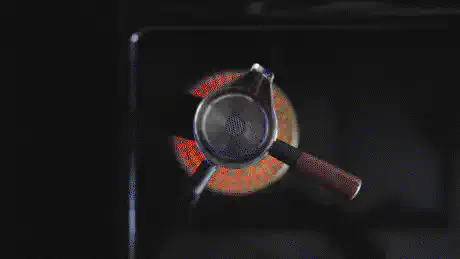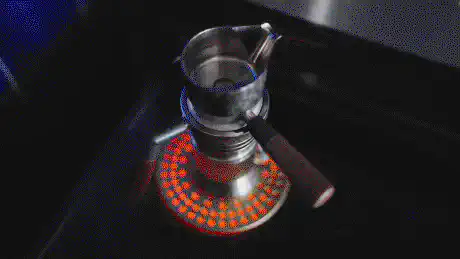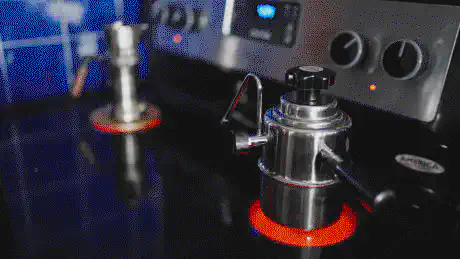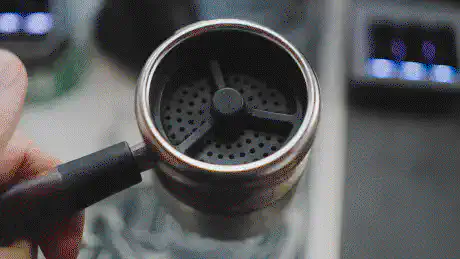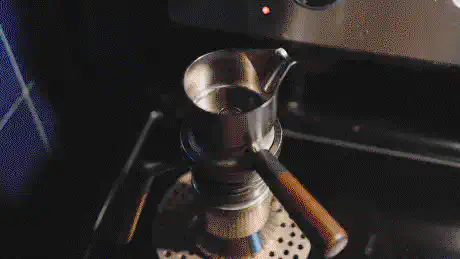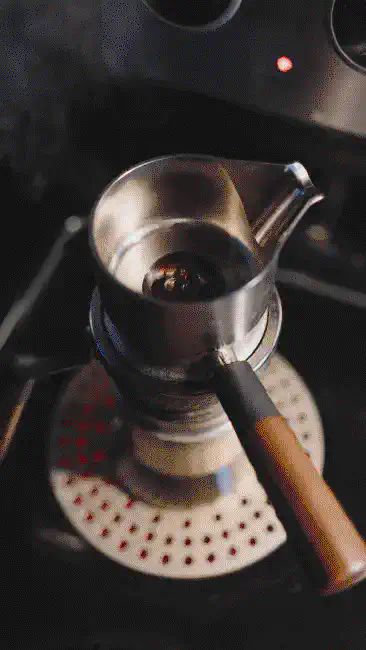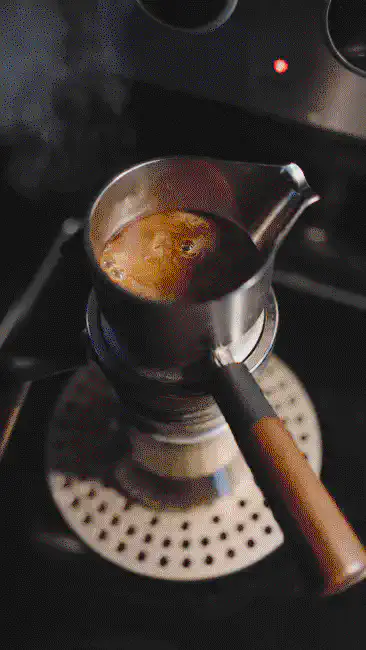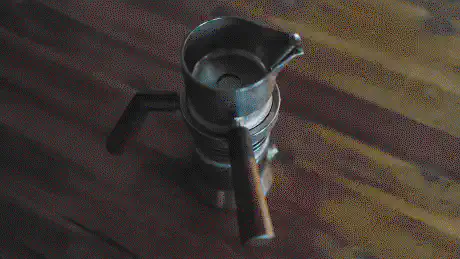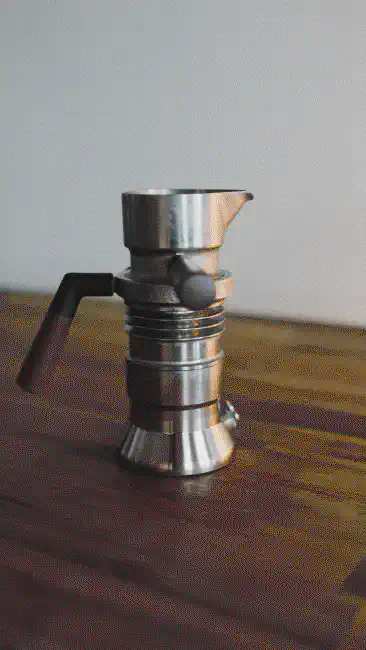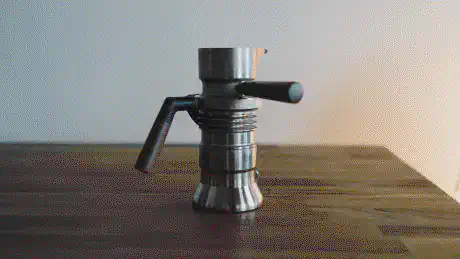9Barista Espresso Machine: One Year Later
It has been roughly a year since I got my 9Barista jet-engineered stovetop espresso machine, which has ever since been my go-to method for brewing coffee. This post is an introduction and brief review of my experience with the espresso maker.
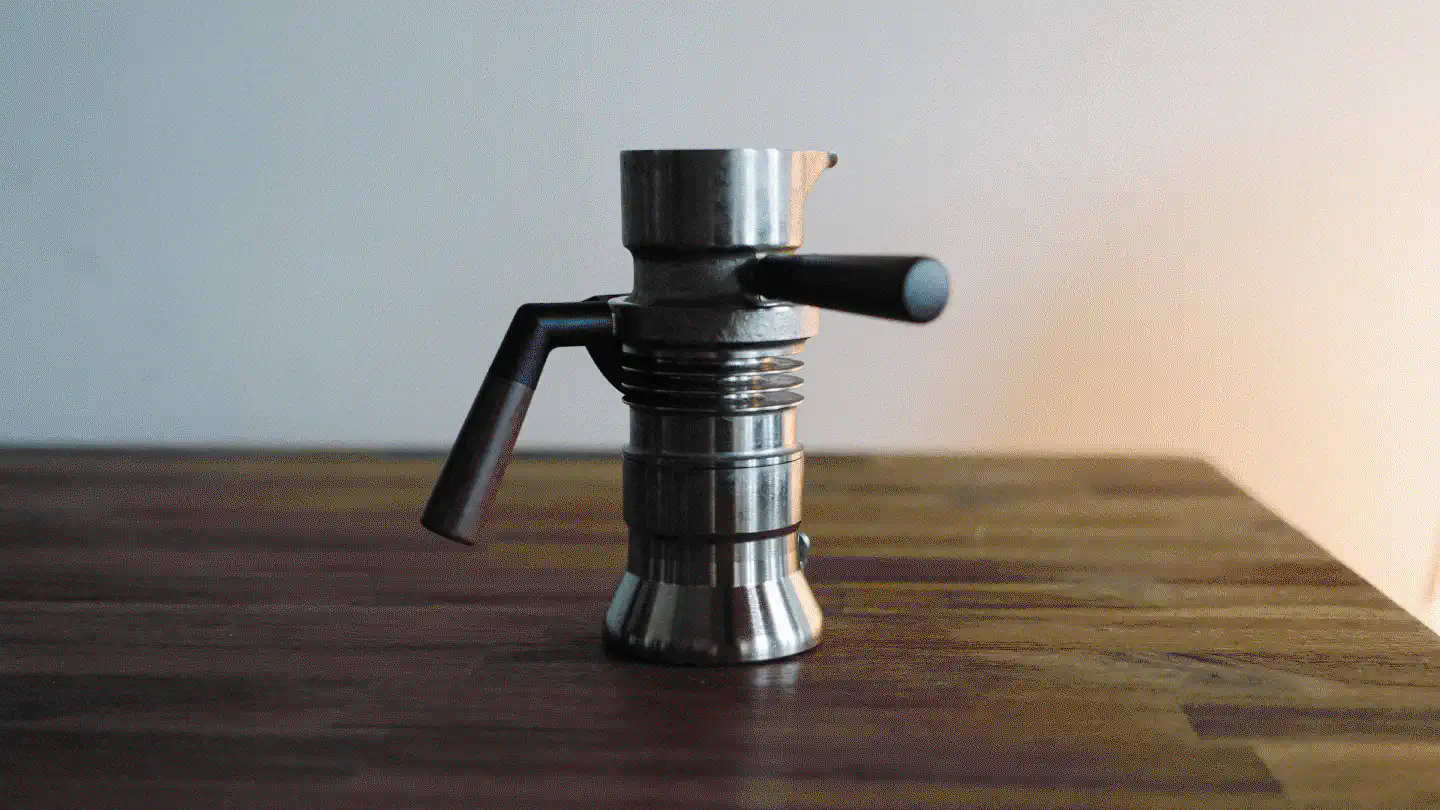
For the past year, I’ve had the pleasure of using the 9Barista espresso machine, a unique stovetop machine that promises to deliver professional-grade espresso in a compact, elegant form.
At first glance, the 9Barista stands out in a sea of espresso machines. Designed by a jet engineer, it’s a stovetop espresso machine that uses a dual boiler system to generate the necessary 9 bars of pressure to extract espresso. The premise is simple: instead of an electric pump, the 9Barista uses the power of your stovetop to create enough pressure to extract a proper shot of espresso.
It promises to deliver true espresso – a feat most stovetop machines fail at – by hitting the ideal extraction parameters: 9 bars of pressure and a water temperature between 92-96°C (198-205°F).
When I first heard about it, I was skeptical. Could something that sits on a gas or electric burner really generate the pressure and consistency needed for an authentic espresso shot? However, after reading and watching several reviews from people much more knowledgeable than me about coffee brewing, like James Hoffmann, I was tempted to give the jet engine of coffee a try, even though its price tag is anything but inviting. However, given the struggles with my previous espresso maker – the Aram – and the need for something that would work more hassle-free for the years to come, I decided to give the 9Barista a shot and got one during one of my trips last year.
First impressions
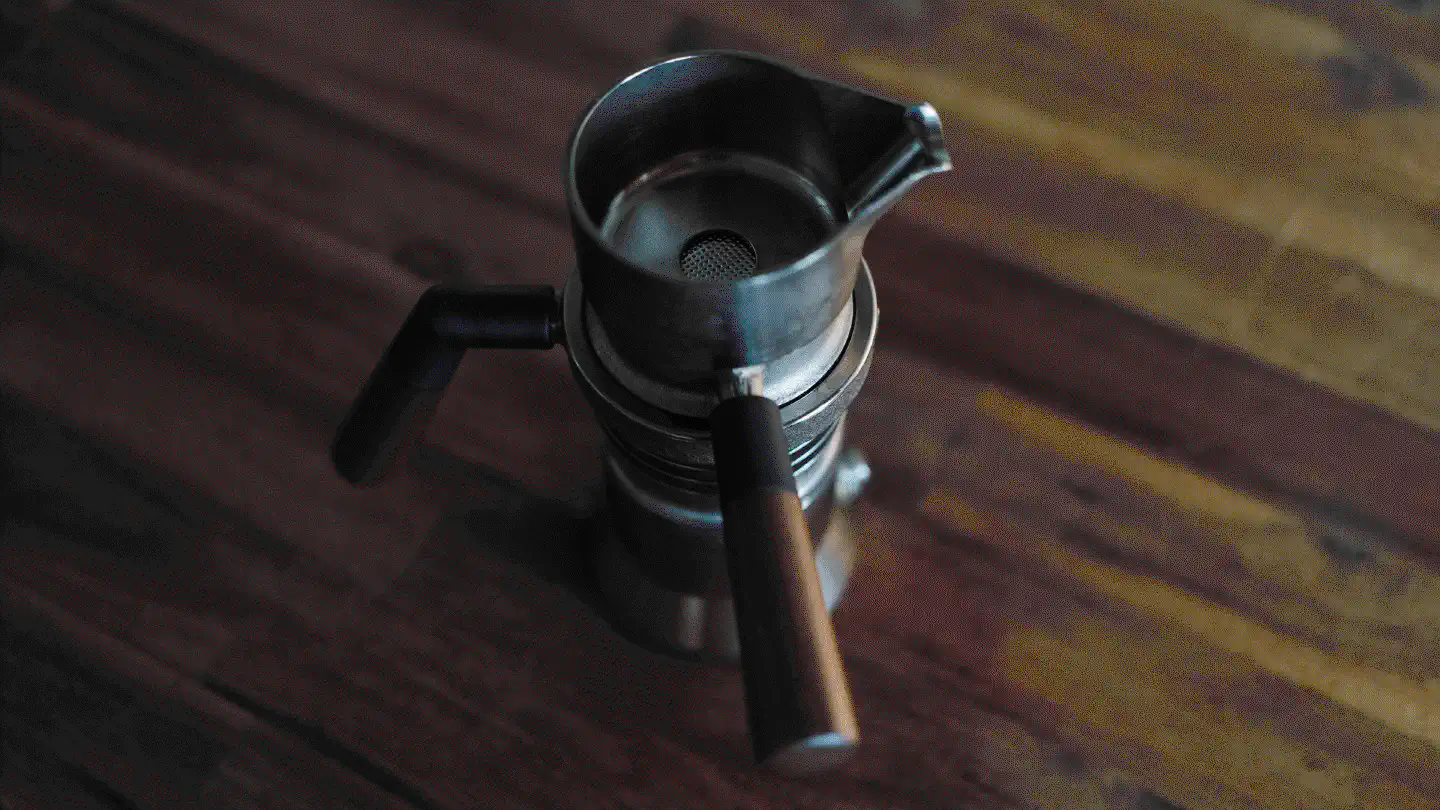
When I first unpacked the 9Barista, the first thing that struck me was its build quality. The machine is made entirely of brass and stainless steel. It has a real heft to it, reminiscent of old-school industrial equipment. And jet engines. And punches. From its looks, it’s basically the Old Spice of coffee makers. The design is minimalist but functional, with just a few parts that need to be assembled and disassembled for brewing and cleaning.
The machine comes with a brief user guide, which is essential as it isn’t as plug-and-play as a typical home espresso machine. There’s a bit of a learning curve to understanding how to prepare the 9Barista for a brew and what the perfect heating setting is for each stovetop. However, once you get the hang of it, the process becomes second nature.
Initial pros
- Robust, durable design.
- No electrical components to worry about.
- Professional-level espresso extraction.
Initial cons
- Heavier than I expected for a device this size.
- Learning curve in the first few uses.
- Price.
Daily use
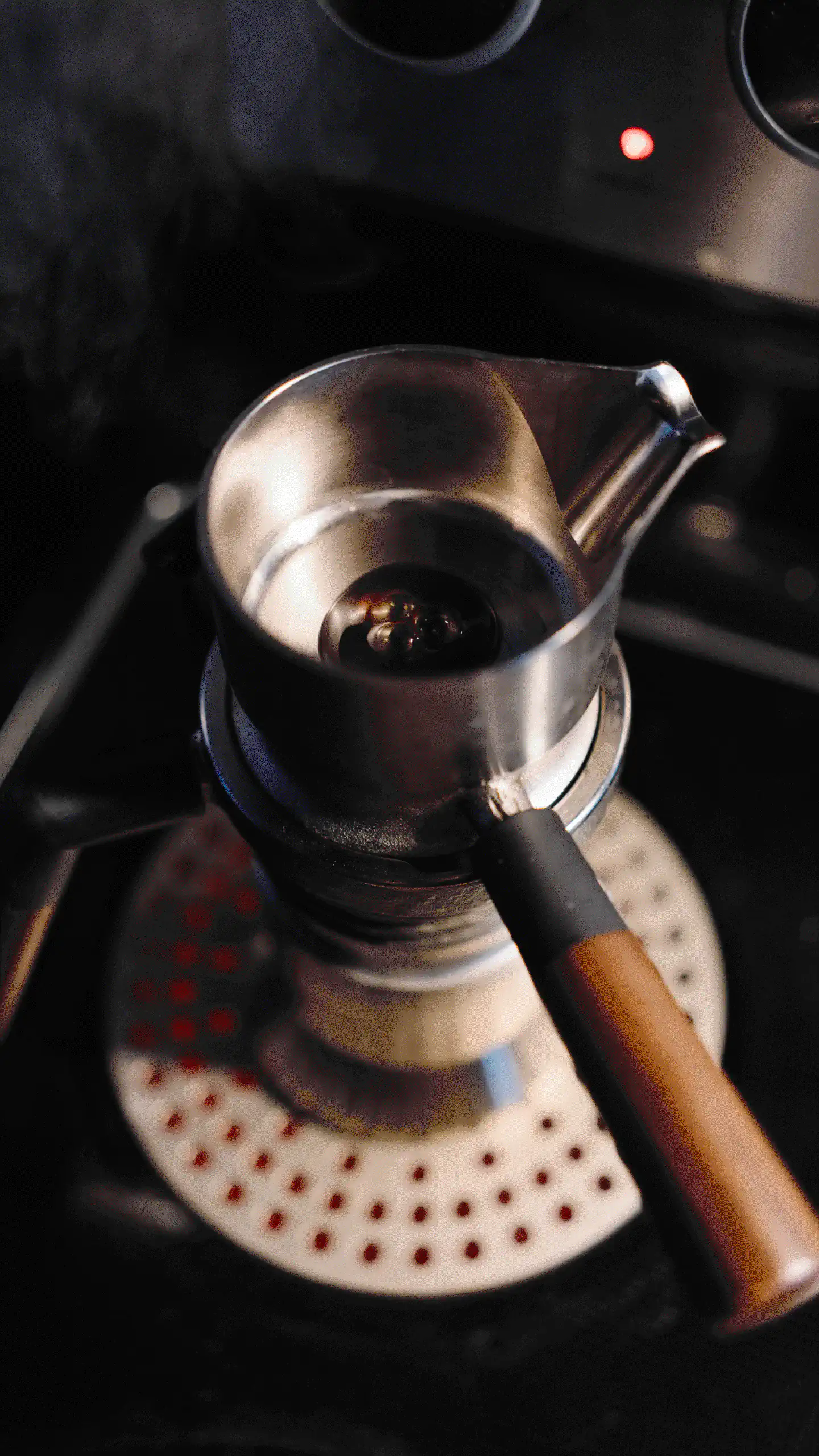
The 9Barista doesn’t offer the same convenience as automatic espresso machines, so if you’re used to pushing a button and having a shot appear, this machine might seem more involved. However, compared to my previous espresso maker, the Aram, the 9Barista is significantly easier and quicker to dial in and deal with. For a coffee enthusiast who enjoys the hands-on aspect of espresso brewing, the 9Barista provides an engaging and satisfying experience. I have detailed the brewing process with the 9Barista in full length already, but to summarize it:
- Filling the water chamber: You pour cold water into the bottom chamber, similar to a Moka pot. There’s a marked level to ensure the correct volume, and this part is straightforward.
- Prepping the coffee grounds: Like any espresso machine, grind size matters. You need a fine grind—similar to what you’d use for a standard espresso machine – and between 12 and 19 grams of coffee for a double shot. Distribution and tamping should be even but not overly compressed.
- Heating: Once you assemble the parts and place the 9Barista on your stovetop, you set the heat to medium-high. Over the next 3-5 minutes, the magic happens. The dual boiler system ensures that the pressure builds up, and around the 5-minute mark, you start to hear the distinct gurgling of espresso extraction.
- Extraction: The 9Barista’s extraction process is quick. In about 30 seconds, a beautiful stream of espresso starts to pour into the cup, complete with a decent crema. The machine’s dual-boiler design helps maintain consistent temperature and pressure throughout the process.
The espresso shot it produces is rich and intense, with a good balance of sweetness and acidity that rivals shots from much larger, more expensive machines.
Things to consider
Heat management
The stovetop introduces variability depending on your burner type. Open flames like gas stoves/burners offer the most control and highest precision, while electric ones might take a bit more tweaking to get the perfect result.
Shot consistency
While generally reliable, the shot quality can vary if the grind size or tamping is slightly off. This isn’t a fault of the machine but a factor that home baristas need to be mindful of, and at some point in the learning curve will begin making use of to vary the flavor. As with every other coffee machine, the grinder plays an important role here.
Durability and long-term use
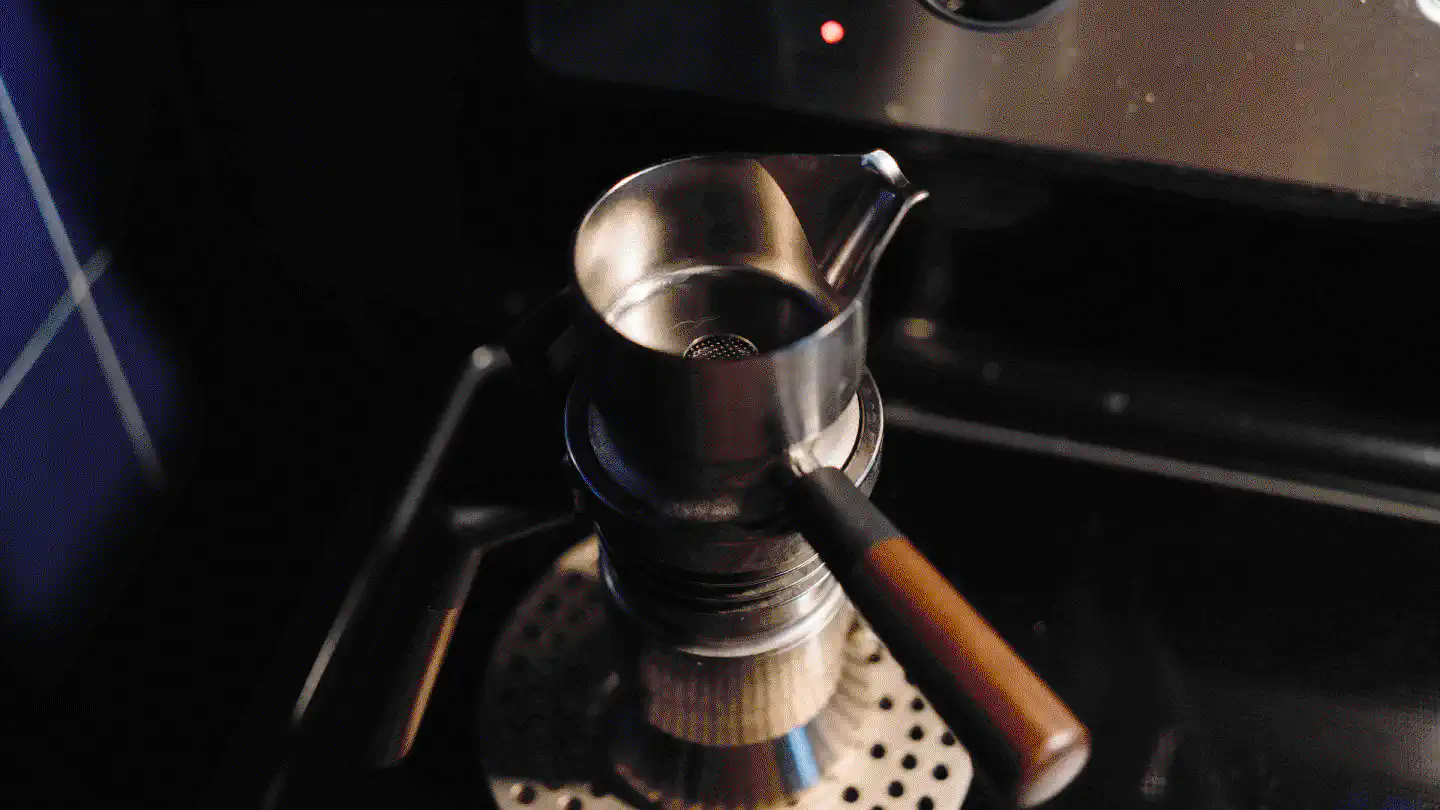
One year in, the 9Barista shows little to no wear and tear. The machine’s brass components have taken on a slightly darker patina, but this adds to its industrial aesthetic and character. The stainless steel parts have remained corrosion-free, even with frequent use. Over time limescale will build up inside the water chamber, which requires a bit of maintenance now and then.
Maintenance, however, is relatively easy. After each use, I disassemble the machine to clean the coffee basket and rinse the interior chambers. Every few months, I perform a deeper clean by descaling the machine to prevent mineral buildup, especially since the tap water that I use for cleaning is on the harder side.
So far the gaskets are holding up fairly well. However, I can see how at some point they might wear out and affect the pressure seal. I haven’t yet ordered anything from the manufacturer’s online shop, but when the time comes I am going to see how good it works to retrieve replacement parts – which is something that ultimately broke the Aram’s neck. At that point, I’m planning to give the naked portafilter a try as well.
Conclusion
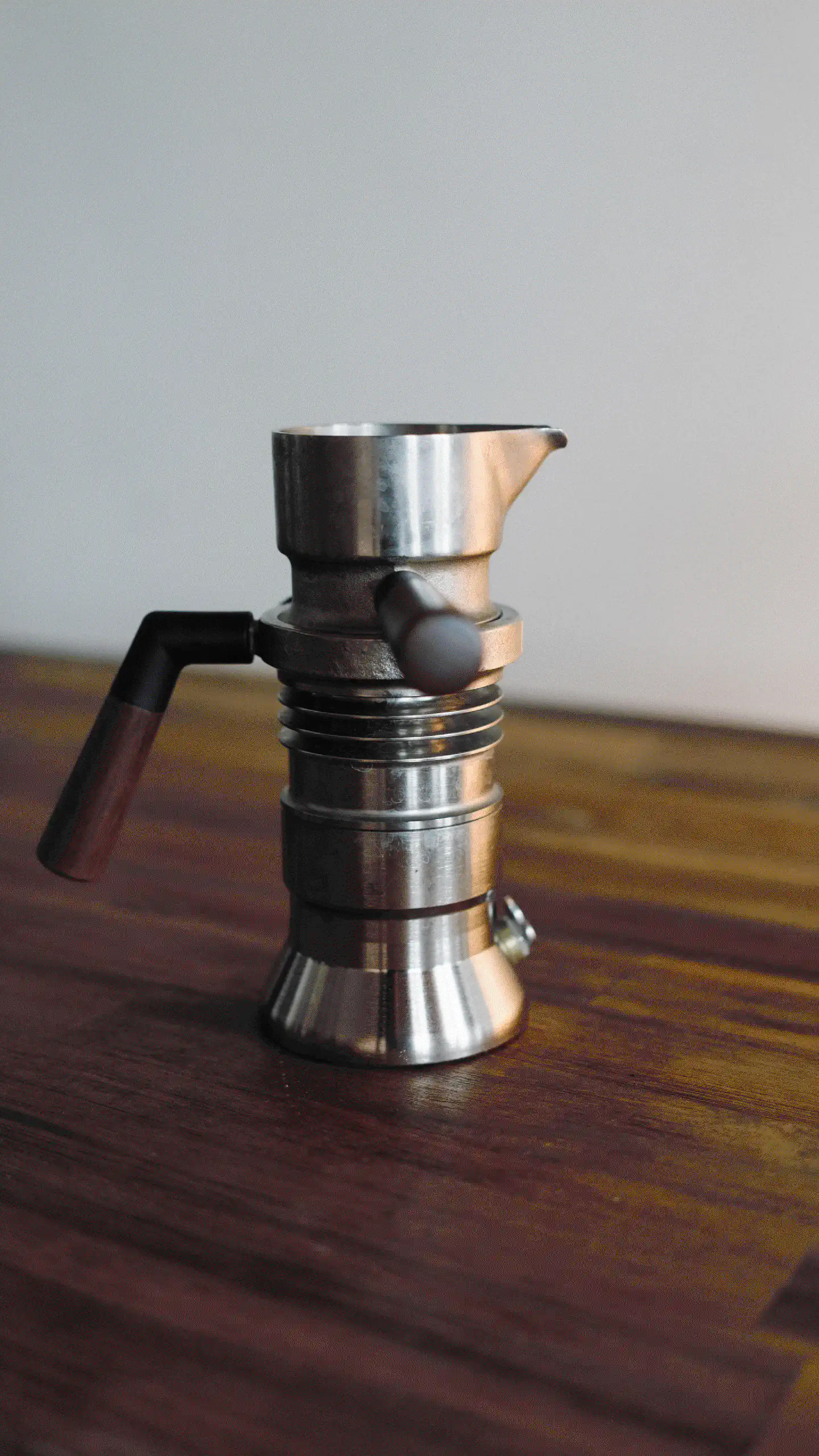
After one year of use, I can confidently say the 9Barista produces espresso that rivals shots from café-grade machines. With practice, I consistently get rich, balanced shots with excellent crema. The machine’s all-metal construction is built to last. It still feels as solid as the day I got it and it looks beautiful on my kitchen counter. The brass and stainless steel give it an old-world, professional feel.
While it’s marketed as a compact stovetop machine, the 9Barista is heavy: The machine itself has an empty weight of 1738g. The (in most cases) necessary heating adapter plate and the temper add another 353g.
It’s totally possible to take it with me on trips in carry-on luggage, however, the added 2kg is noticeable. The 9Barista is more suited for trips by car, train, and boat, where luggage weight isn’t as much of a concern as it is with air travel. Compared to the Aram, the 9Barista is heavier and overall bulkier, and due to its fixed handles that cannot be taken off, and the heat adapter plate, it will eat up slightly more space in the luggage.
Another con with the 9Barista is the price. The machine definitely isn’t cheap. While it’s more affordable than La Marzocco’s Linea Mini, one can probably find the Rancilio Silvia and similar machines on sale for less. Whether it’s worth the investment depends on how much you value its unique characteristics.
The 9Barista produces actual espresso while still being compact enough to travel. It doesn’t require electricity and solely depends on a heat source. It is also robust and small enough to be used on a day-to-day basis in a tiny kitchen that simply doesn’t offer the space for a full-size electric espresso machine. Not to mention the fact that maintaining a Linea Mini regularly can become a slightly annoying thing to do, especially when it is only being used to pull a few shots a day. Unless you’re a family of six who are enjoying several cups a day – or a far descendant of Honoré de Balzac – a full-blown electric portafilter espresso machine is overkill in most instances and for many enthusiasts more of a status symbol than anything else.
The 9Barista certainly isn’t for everyone. It’s ideal for coffee enthusiasts who appreciate the engineering and craftsmanship behind espresso extraction and don’t mind a bit of manual effort. If you’re the type of person who enjoys the ritual of making coffee and wants a machine that will challenge and reward you, the 9Barista is an excellent choice.
On the other hand, if you value convenience above all else, a semi-automatic or fully automatic machine will probably suit you better. If you have the space and don’t need a portable device, a full-size lever-driven espresso machine – think La Pavoni or Flair – might be the better choice.
The same goes if you are going to do a lot of experimenting with grind size and water temperature. With the 9Barista you don’t really have a lot of ways to influence these factors. The device produces a boringly consistent shot every time, given correct use. If you go slightly too fine with the grinder or you tamp slightly too hard, you might suffocate the device and not get any espresso out of it. If you increase the heat too much, the machine is quick to start spilling hot water out of its vapor exhaust. The 9Barista’s appeal lies in its engineering, simplicity, and the satisfaction that comes from mastering its use. It is great at reproducing the same great-tasting shot of espresso every day.
For me, the 9Barista has become an integral part of my coffee routine. To those who are willing to take the plunge into stovetop espresso: This machine seems to have what it takes to likely serve you well for many years to come.
Enjoyed this? Support me via Monero, Bitcoin or Ethereum! More info.
